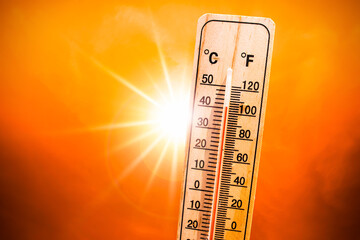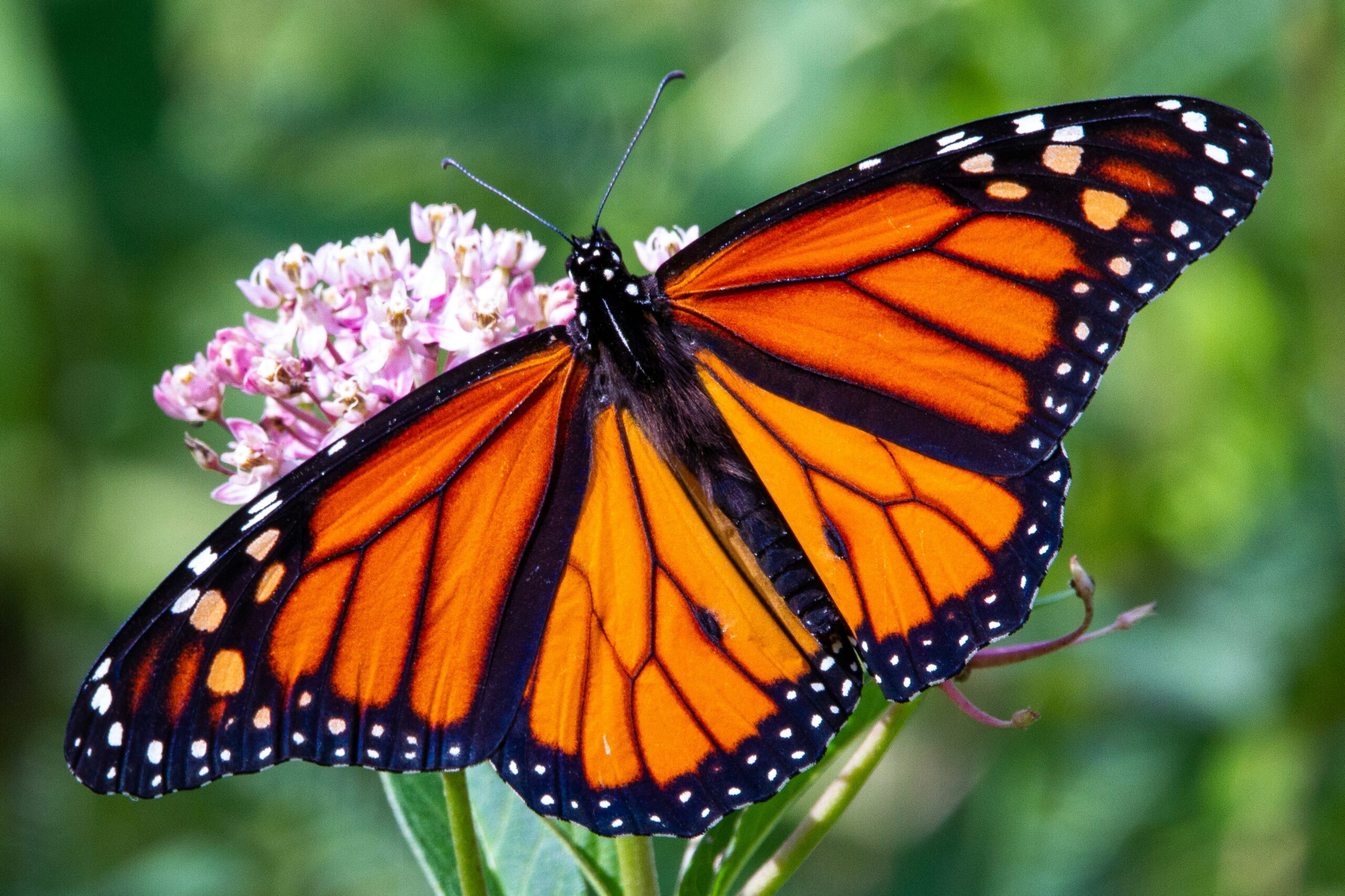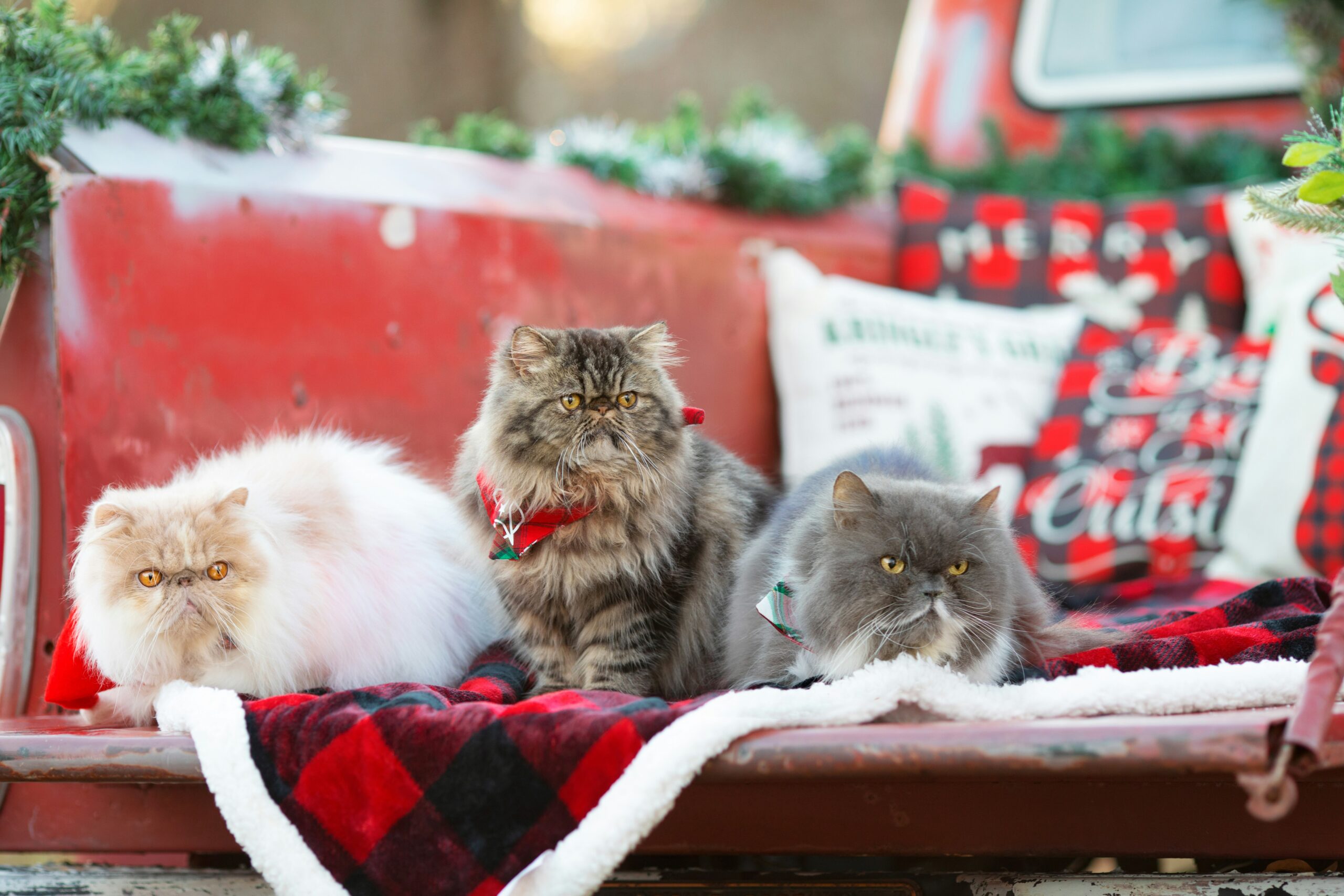How To Help Pets And Wildlife During A Heat Wave
A large portion of our country is currently simmering in a heat wave, and summer has only just begun. As we try our best to stay cool during the extreme temperatures, we need to remember that the extreme heat also affects our pets and wildlife. When the thermometer surges, so does the threat to the well-being of our four-legged companions. Heatstroke and dehydration are not just discomforts; they are serious conditions that can lead to fatal outcomes if ignored.
The warning signs of heat-related illness in pets might be subtle at first, so one must keep a close eye on their pets. Excessive panting, lethargy, drooling, or uncharacteristic behavior could raise a red flag. It’s crucial to act swiftly if you notice any of these symptoms.
Stay updated on weather forecasts, especially when heat advisories or warnings are issued. It’s these times when our pets count on us to make smart, informed decisions. A bit of preparation can go a long way in keeping them safe.
Remember, not all pets handle heat the same way. Breeds with thick coats, brachycephalic (short-nosed) animals, and those with pre-existing health conditions are often more susceptible to heat. Even your robust-looking dog might be more vulnerable than you think.
With an understanding of the risks, you’ll be better positioned to protect your pets. Following are some practical measures that you can take to keep them cool and comfortable when the heat is relentless. From optimizing their living space to knowing their limits when it comes to play and exercise, these tips might just be life-savers during the extreme heat.
Proactive Pet Protection: Keeping Your Companions Cool
Heat waves can test the resilience of our pets. and our furry friends rely on us for their well-being, especially when the thermometer rises. There are several ways to ensure that your pets stay cool and comfortable during extreme heat.
Shade and water are your pets’ best allies against the heat. If possible, make sure they have access to cool, indoor areas during the hottest parts of the day. If they stay outside all day, trees and sunshades can offer relief for outdoor enclosures. Always check their water bowls throughout the day to make sure they have plenty of fresh, cool water.
If you have an indoor pet, sometimes simply keeping curtains closed to block direct sunlight helps keep indoor temperatures lower. On exceedingly hot days, turn on fans or air conditioning to circulate the air – pets appreciate a breeze just as much as we do.
There are some ingenious cooling products for pets on the market – from cooling mats to pet-safe ice packs that can be uses to provide an extra level of comfort. It’s important to introduce these gradually to ensure your pet is comfortable and to monitor their interaction with these new tools.
Exercise is vital for our pets, but timing is everything. When temperatures rise, opting for early morning or late evening walks when it’s cooler can make it easier for our pets as well as for ourselves. And remember – if the ground is too hot for your bare feet, it’s too hot for their paws.
It’s better to engage in low-energy play indoors during peak heat hours. If you’re hot and tired during a walk, your pet will most likely be hot and tired as well. Keep outdoor time to a minimum if possible. You’ll have plenty of cooler weather for long walks and fun play as the seasons change.
Most important – NEVER leave your pet in a hot car. Even when it feels cool outside, cars can heat up to dangerous temperatures very quickly. Leaving a window open is not enough- temperatures inside the car can rise almost 20 degrees Fahrenheit within the first 10 minutes, even with a window cracked open. When the air temperature is 80 degrees, a parked car can heat up to roughly 123 degrees. After 60 minutes, a car can reach 143 degrees when it’s 100 degrees outside. Remember, if it’s too hot for you, then it will be too hot for your pet.
Supporting Wildlife in Scorching Temperatures
When a heat wave strikes, it’s not just our pets that struggle with the soaring temperatures. The local wildlife can also suffer significantly. Birds, small mammals, and even insects may find it increasingly difficult to locate food and water, making survival a critical challenge.
The best thing that anyone can do during the heat is to provide water sources for wildlife. This can be as straightforward as leaving out a shallow dish or birdbath filled with fresh water. If possible, place it in a shaded area and refresh the water daily to keep it clean and safe for the  animals to drink.
animals to drink.
If you have a yard, creating a shady spots can be incredibly beneficial for local wildlife. Planting native shrubs and trees not only gives animals refuge from the heat but also supports the ecosystem. For those who live in urban areas, even a small balcony garden can offer respite for overtaxed pollinators like bees.
One thing that you may not have considered is joining forces within your community to amplify efforts to protect animals during these intense weather conditions. It’s about creating a network of support that not only aids our non-human neighbors during crises but also strengthens bonds among us as caretakers of our shared environment.
Community Action: Joining Forces to Safeguard Animals
A heat wave doesn’t just impact us; it touches every creature in our community. Taking action doesn’t require monumental efforts; small, concerted actions can have a profound effect. By joining forces, we amplify our impact and ensure the safety and well-being of both pets and wildlife.
Community initiatives play a pivotal role during extreme temperatures. One way to do this is by forming or joining a local pet welfare group. Utilize social media to share information on how to protect animals from the heat, and organize local ‘cool down’ stations where animals and their owners can find respite from the sweltering heat.
Setting up educational events and workshops can prepare pet owners and wildlife enthusiasts for future heat waves as well. These sessions can teach valuable lessons about animal care in extreme weather, including recognizing signs of distress and the importance of hydration.
Collaborating with veterinarians and wildlife conservation agencies brings professional insights into our community efforts. Establish a network of support with these experts who can provide critical resources and advice when a heat wave strikes.
As individuals, we hold the power to make a tangible difference. Don’t wait for a crisis to take action. Prepare, collaborate, and educate. Together, we can safeguard our beloved pets and the local wildlife that makes our ecosystems vibrant.




Post Comment